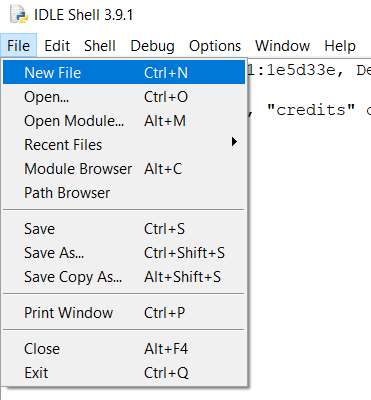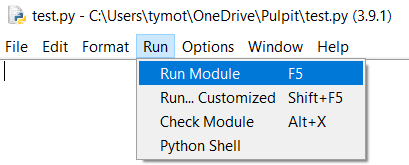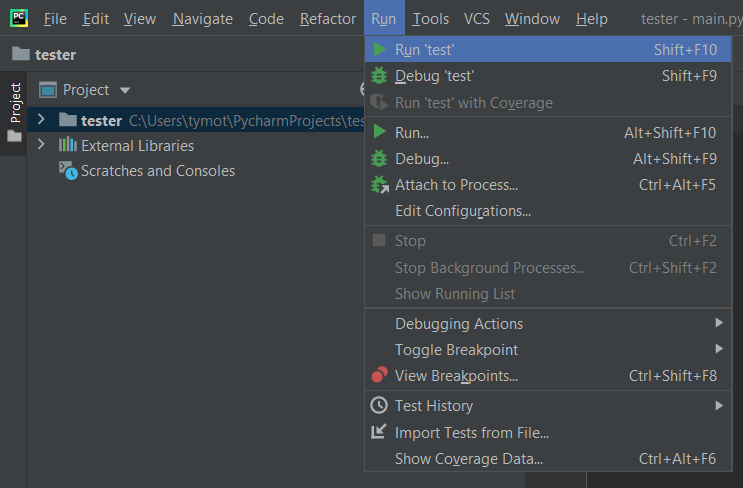Introduction
Python is a cross-platform programming language known for its simplicity and readability. It allows developers to write clear and logical code for small and large-scale projects. Python is widely used in web development, data analysis, artificial intelligence, scientific computing, and automation. It is an interpreted, high-level, dynamically typed, and general-purpose language. It supports procedural, object-oriented, and functional programming. Python has an extensive set of available modules. The extension of a Python file is .py.
Python IDLE
You can download Python from this website. In Python IDLE, we work on two windows. After launching, the Shell Window will appear. The results of our programs will be displayed in it. To create a new file, click File / New File (Ctrl + N). To open an existing file, click File / Open (Ctrl + O). We can't open .py files by clicking on them - we have to open them in the Shell Window. In the other window, which will appear after creating or opening a file, we will write our code. We can run it by clicking Run / Run Module.


PyCharm
PyCharm is one of the most popular IDEs (Integrated Development Environment) for Python development. You can download it from this website (select the free Community Edition). To use PyCharm, you also need to install Python, as PyCharm is only an Integrated Development Environment and requires an interpreter. PyCharm is popular because it simplifies coding by providing features like syntax suggestions. It has a single-window interface, and program results are displayed at the bottom of the screen after clicking Run / Run. To create a new file, go to File / New File and enter the file name. For a new project (which can include multiple .py files), choose File / New Project. If you've closed a project and need to reopen it, click on the project name in the left-side tab and expand it. All projects and their files are saved here: C:\Users\[username]\PycharmProjects\. Alternatively, you can use other editors like VS Code, Atom, Spyder, Sublime Text, Vim, or Jupyter.

